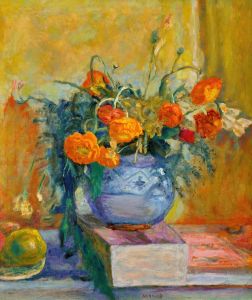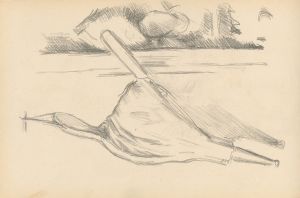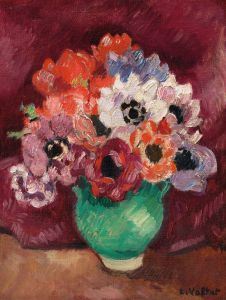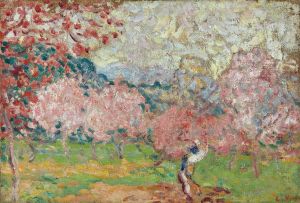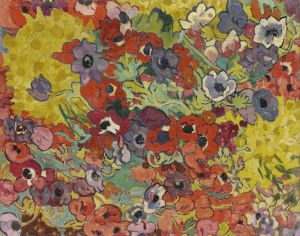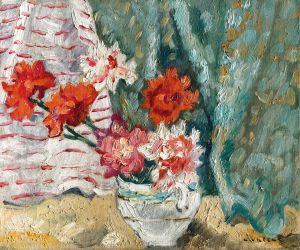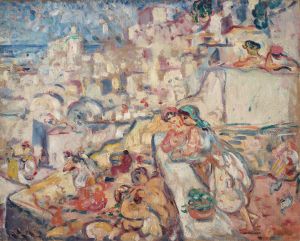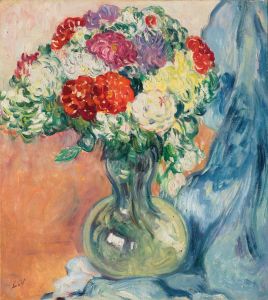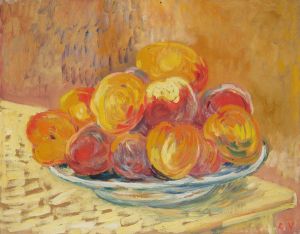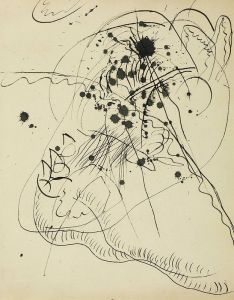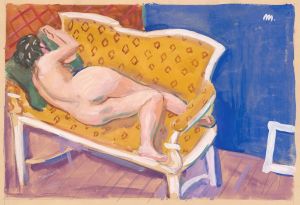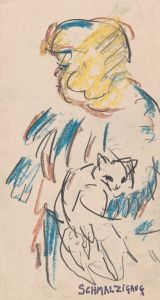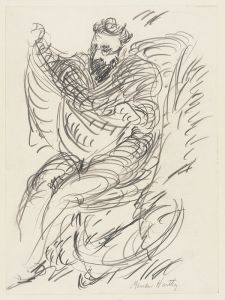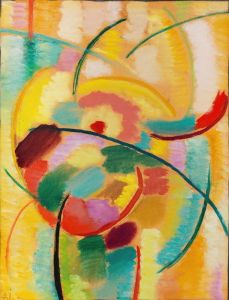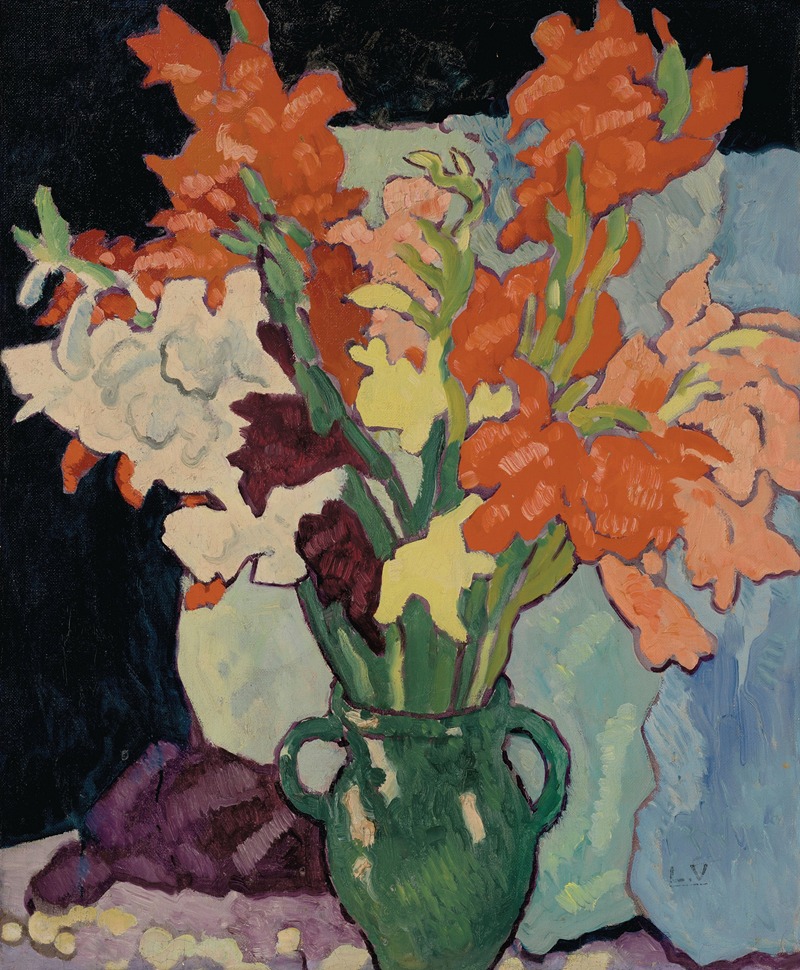
Glaïeuls à la cruche verte
A hand-painted replica of Louis Valtat’s masterpiece Glaïeuls à la cruche verte, meticulously crafted by professional artists to capture the true essence of the original. Each piece is created with museum-quality canvas and rare mineral pigments, carefully painted by experienced artists with delicate brushstrokes and rich, layered colors to perfectly recreate the texture of the original artwork. Unlike machine-printed reproductions, this hand-painted version brings the painting to life, infused with the artist’s emotions and skill in every stroke. Whether for personal collection or home decoration, it instantly elevates the artistic atmosphere of any space.
Louis Valtat was a French painter associated with the Fauvist movement, known for his vibrant use of color and expressive brushwork. One of his notable works is "Glaïeuls à la cruche verte" (Gladioli in a Green Jug), which exemplifies his distinctive style and contribution to early 20th-century art.
Valtat was born on August 8, 1869, in Dieppe, France, and grew up in a family that encouraged his artistic pursuits. He studied at the École des Beaux-Arts in Paris and later at the Académie Julian, where he was influenced by the Impressionists and Post-Impressionists. His early work showed the impact of these movements, but he gradually developed a more personal style characterized by bold colors and simplified forms.
"Glaïeuls à la cruche verte" is a still life painting that captures Valtat's interest in color and form. The painting features a bouquet of gladioli flowers arranged in a green jug, set against a vibrant background. The choice of gladioli, known for their tall and striking appearance, allowed Valtat to explore the interplay of colors and shapes. The green jug serves as a contrasting element, highlighting the vivid hues of the flowers.
Valtat's use of color in this painting is particularly noteworthy. He employed a palette of rich, saturated colors, applying them with loose, expressive brushstrokes. This approach reflects the influence of Fauvism, a movement characterized by its radical use of color to convey emotion and structure. Although Valtat is not as widely recognized as some of his Fauvist contemporaries, such as Henri Matisse or André Derain, his work contributed to the development of the movement and its exploration of color theory.
The composition of "Glaïeuls à la cruche verte" demonstrates Valtat's interest in the decorative potential of still life subjects. The arrangement of the flowers and the jug creates a sense of harmony and balance, while the background adds depth and context to the scene. Valtat's attention to detail and his ability to capture the essence of his subjects make this painting a fine example of his artistic vision.
Throughout his career, Valtat remained dedicated to exploring the possibilities of color and form. He exhibited his work in various salons and galleries, gaining recognition for his unique approach to painting. Despite facing health challenges later in life, Valtat continued to paint until his death on January 2, 1952.
"Glaïeuls à la cruche verte" is a testament to Valtat's skill and creativity as an artist. It reflects his ability to transform everyday subjects into vibrant compositions that resonate with viewers. Today, his work is appreciated for its contribution to the evolution of modern art and its influence on subsequent generations of artists.
Valtat's paintings, including "Glaïeuls à la cruche verte," can be found in various public and private collections around the world. They serve as a reminder of his role in the development of Fauvism and his enduring legacy in the history of art.





